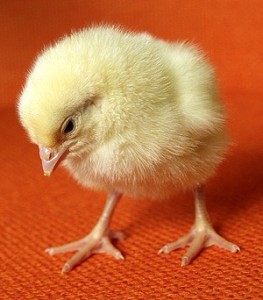The U.S. Centers for Disease Control says live poultry, including those kept in backyard flocks, remain an important source of human Salmonella infections in the United States.
 Backyard flock owners should take steps to protect themselves and their families:
Backyard flock owners should take steps to protect themselves and their families:
Always wash hands thoroughly with soap and water right after touching live poultry or anything in the area where the birds live and roam.
Do not let live poultry inside the house.
Learn about additional recommendations to prevent Salmonella infections from live poultry. These recommendations are important and apply to all live poultry, regardless of the age of the birds or where they were purchased.
Mail-order hatcheries, agricultural feed stores, and others that sell or display chicks, ducklings, and other live poultry should provide health-related information to owners and potential purchasers of these birds prior to the point of purchase. This should include information about the risk of acquiring a Salmonella infection from contact with live poultry.
CDC, public health, veterinary, and agriculture officials in many states and the U.S. Department of Agriculture’s Animal and Plant Health Inspection Service (USDA-APHIS) investigated four multistate outbreaks of human Salmonella infections linked to contact with live poultry.
252 people infected with the outbreak strains of Salmonella were reported from 43 states.
63 ill people were hospitalized, and no deaths were reported.
Epidemiologic, laboratory, and traceback findings linked these four outbreaks of human Salmonella infections to contact with chicks, ducklings, and other live poultry from multiple hatcheries.
146 (80%) of the 183 ill people who were interviewed reported contact with live poultry in the week before their illness began.
CDC’s National Antimicrobial Resistance Monitoring System (NARMS) laboratory conducted antibiotic resistance testing on Salmonella isolates collected from 20 ill people infected with one of the outbreak strains.
19 (95%) isolates were susceptible to all antibiotics tested on the NARMS panel.
One (5%) isolate was resistant to sulfisoxazole.
